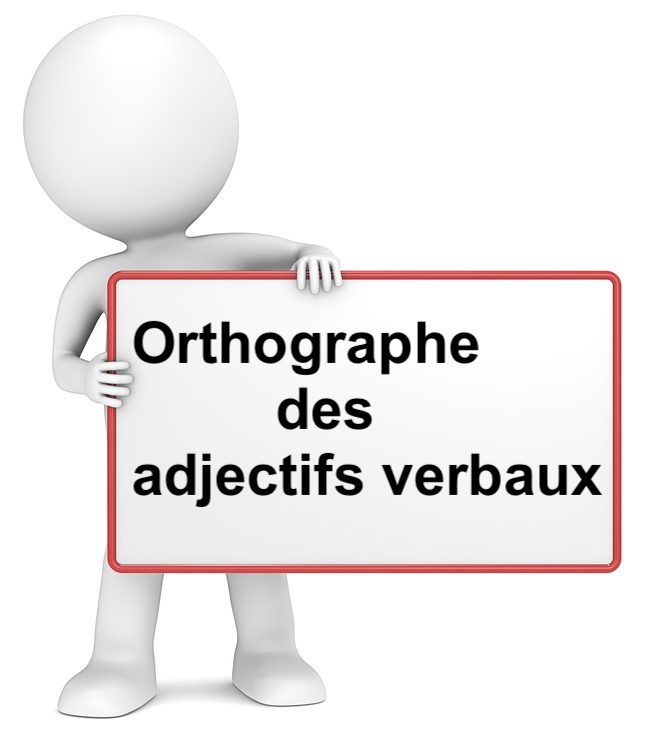Orthographe des adjectifs verbaux

Dans ce cours de français, nous allons étudier l’orthographe des adjectifs verbaux.
Comment s’écrivent les adjectifs verbaux ?
En général, l’adjectif verbal s’écrit comme le participe présent dont il est dérivé.
Exemples :
• Ce pull est trop voyant.
• Ici, le mot « voyant » est un adjectif verbal.
• Il s’écrit comme le participe présent dont il est dérivé.
Existe-t-il des exceptions ?
Oui, il existe des exceptions.
Certains adjectifs verbaux ont une terminaison différente du participe présent qui correspond :
• Quand le participe présent finit par « -quant » alors, l’adjectif verbal finit par « -cant » ;
• Quand le participe présent se termine par « -guant » alors, l’adjectif verbal finit par « -gant » (pas de « u ») ;
• Quand le participe présent s’achève par « -ant » alors, l’adjectif verbal termine par « -ent ».
Exemples :
• En suffoquant => C’est une chaleur suffocante.
• En se fatiguant => C’est une tâche très fatigante.
• En négligeant => Des locataires négligents.
| Leçon orthographe adjectifs verbaux | |
| Exercice orthographe adjectifs verbaux |